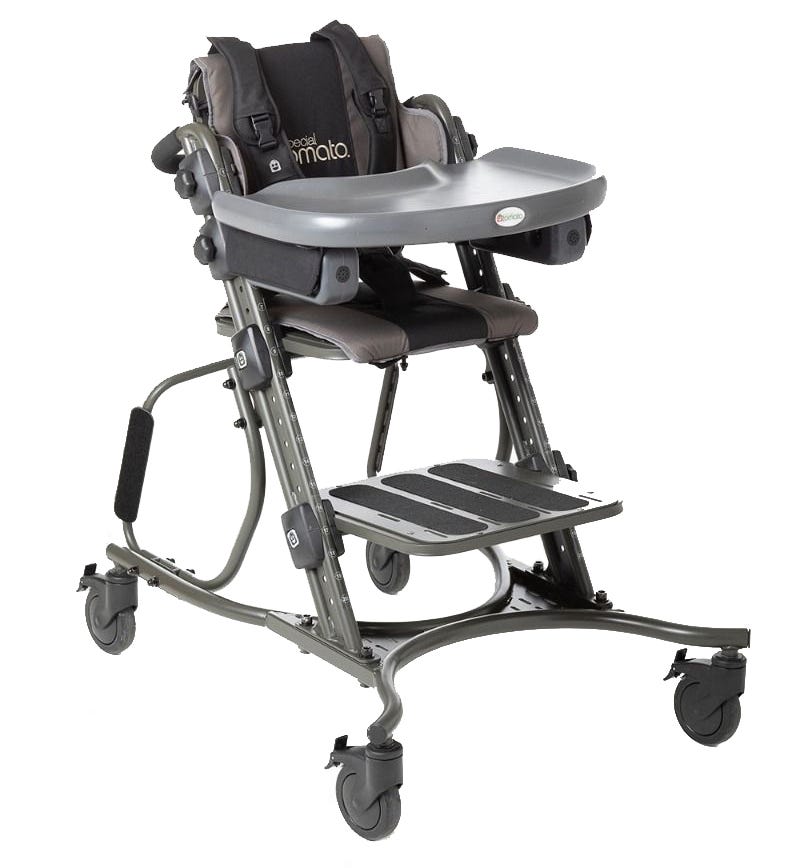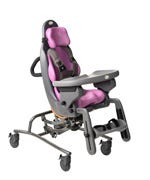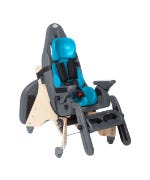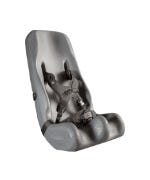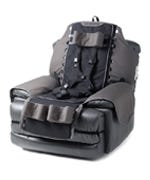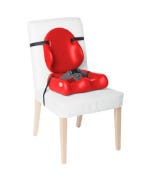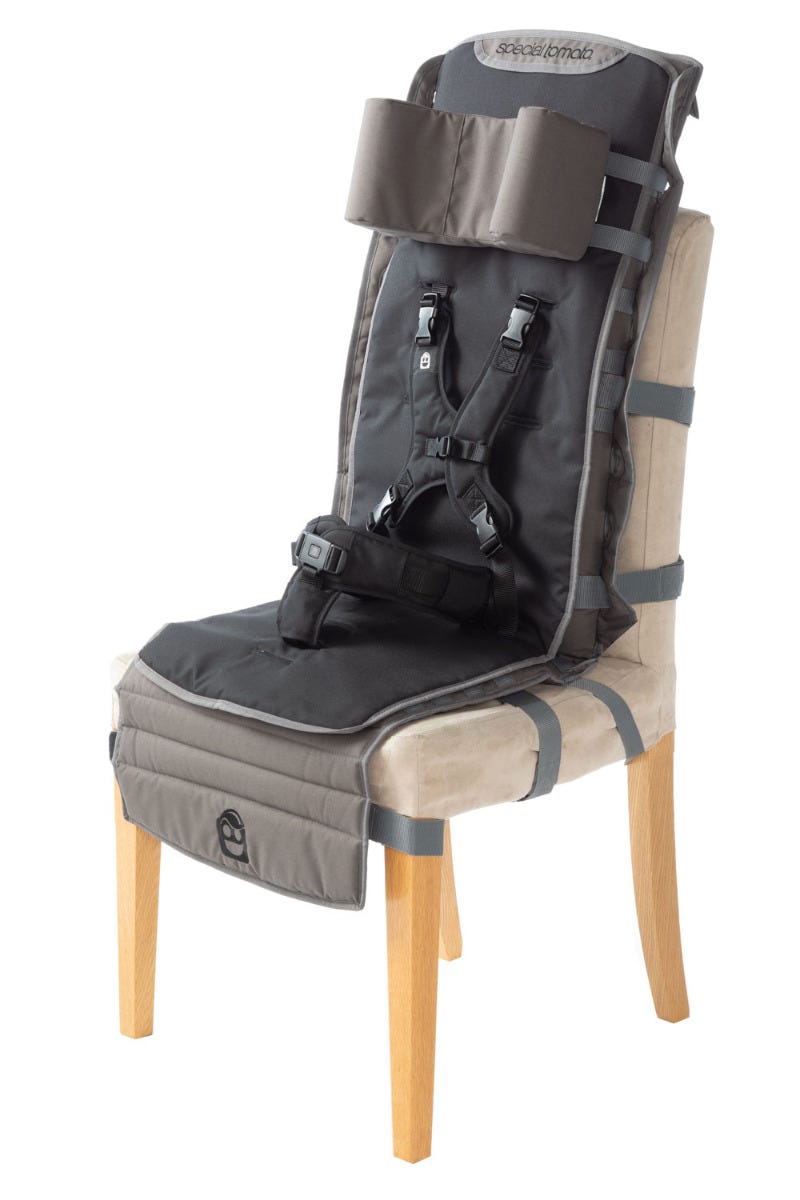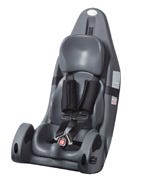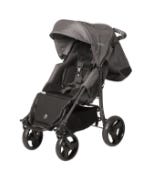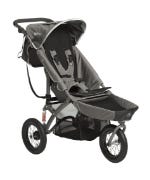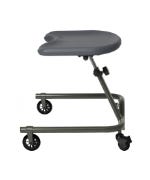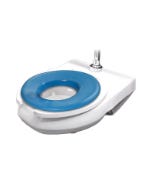How to Improve Fine Motor Skills


When children run, jump or do a somersault, they are employing gross motor skills. Fine motor skills on the other hand, require coordination of small muscles and usually involve the synchronization of hands and fingers. Examples include writing and drawing, cutting, zipping a zipper, buttoning a shirt and even using the feet and toes to pick up objects. To perform fine motor tasks, kids need strength, coordination, control, and dexterity.
Fine motor skills develop naturally in most babies as they learn to grasp rattles and toys and later pick up small pieces of food. Skills continue to be developed and refined into the early elementary school years. Fine motor skills involve the types of delicate movements that can only be learned over time and with lots practice. Most young children will happily run and jump all day. But they don't usually have the patience to practice drawing a circle all day. Development of fine motor skills can require a high degree of patience, perseverance, and motivation. Attributes that can sometimes be in short supply in young children.
Fine motor skills are also closely linked with cognitive development. Your child must have some understanding of three-dimensional objects in order to build with blocks. In order to represent an object on paper through drawing, your child must be able to compare what's on the paper with what they have seen or are seeing in real life. These tasks are often much more complex and intricate than gross motor skills.
The best way to encourage fine motor skill development is to provide a wide variety of activities that your child can use and enjoy over time. Let your child use their imagination to create things out of paper, blocks and other objects. Don't be afraid of a little mess once in a while. Messes are the stuff of great play. Think sand, water, play dough, crayons & markers, paint, scissors and glue. Provide smocks and towels for easier clean up.
Fine Motor Development Activities
There's no shortage of ways to encourage kids to engage in fine motor skills and to eventually make them stronger. The key is to make the activities fun. You want your child to be able to zip their coat and button their pants, but those aren't fun activities to practice. Below is not an exhaustive list by any means, but they’re suggestions to help you get started. Remember to choose activities your child likes most. Modify/adapt activities as needed for children with special needs. Also, keep in mind that you should let children with special needs try everything, especially if they're eager to do so. You might be surprised by what they can accomplish simply by being offered the chance.
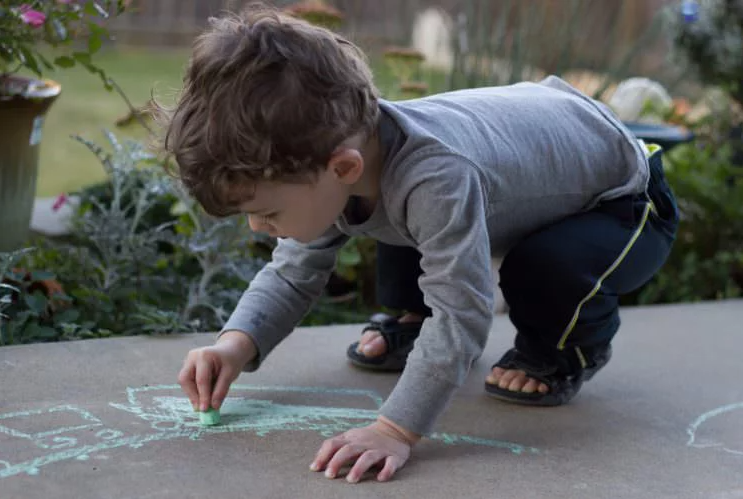

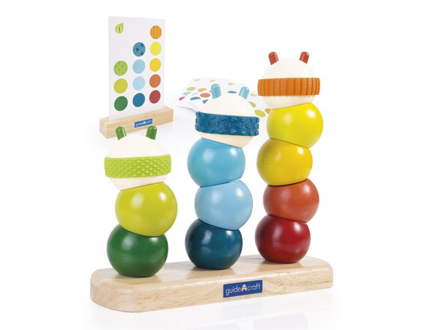

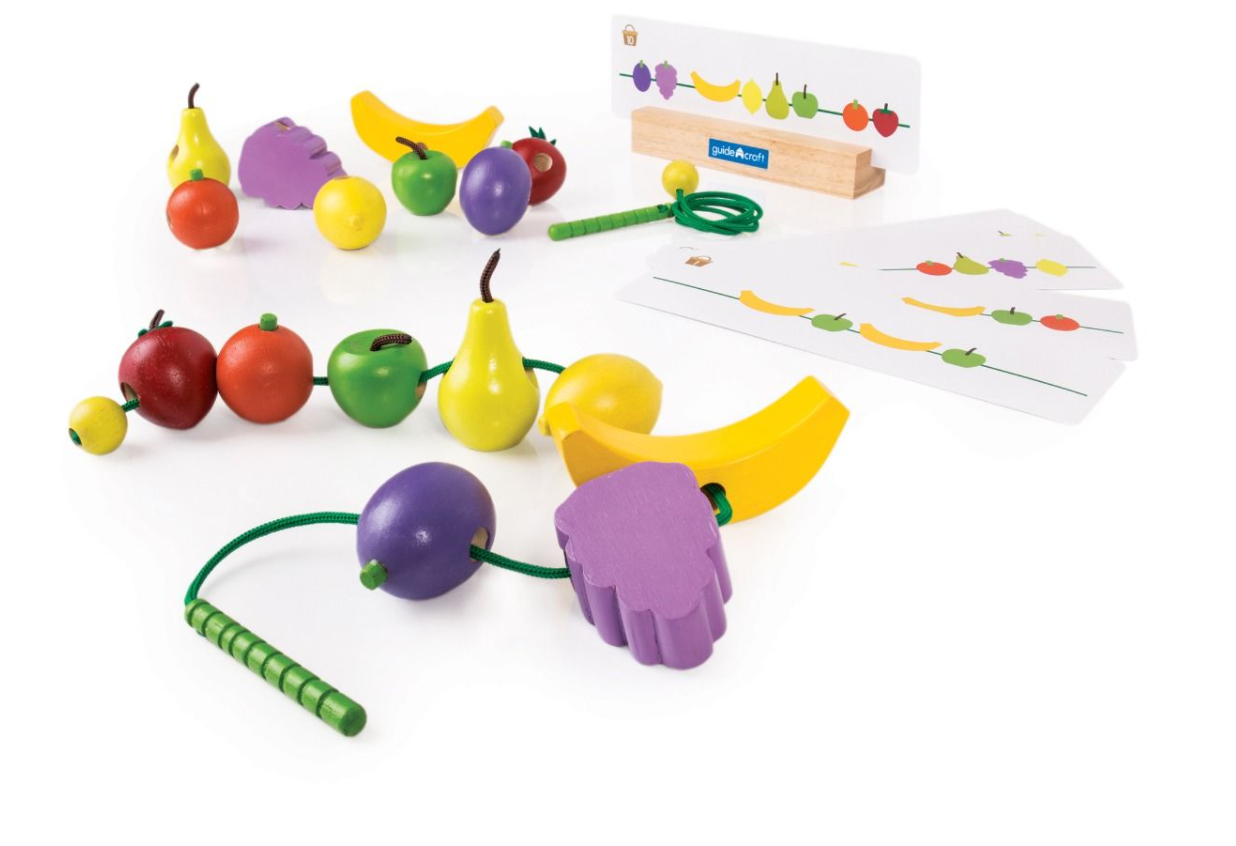

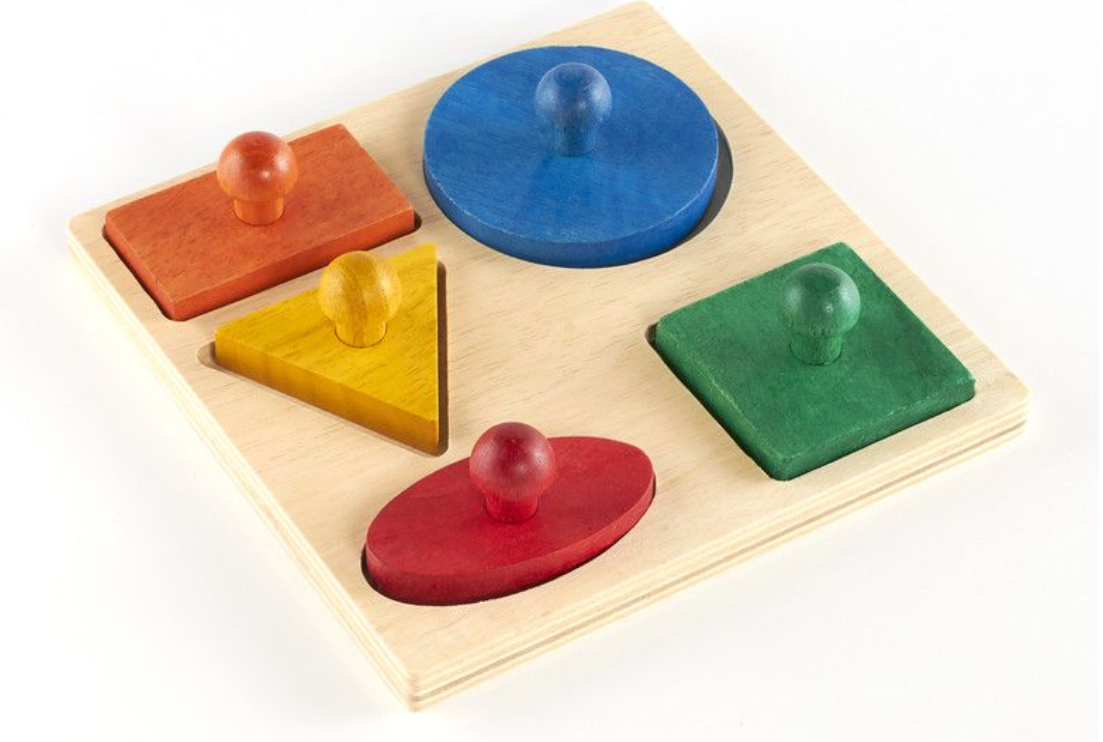

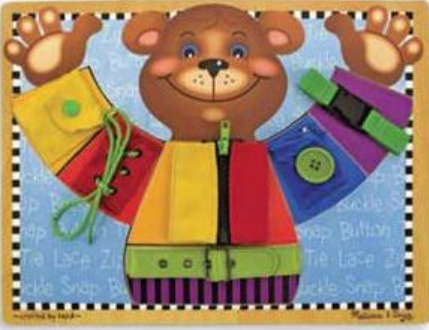

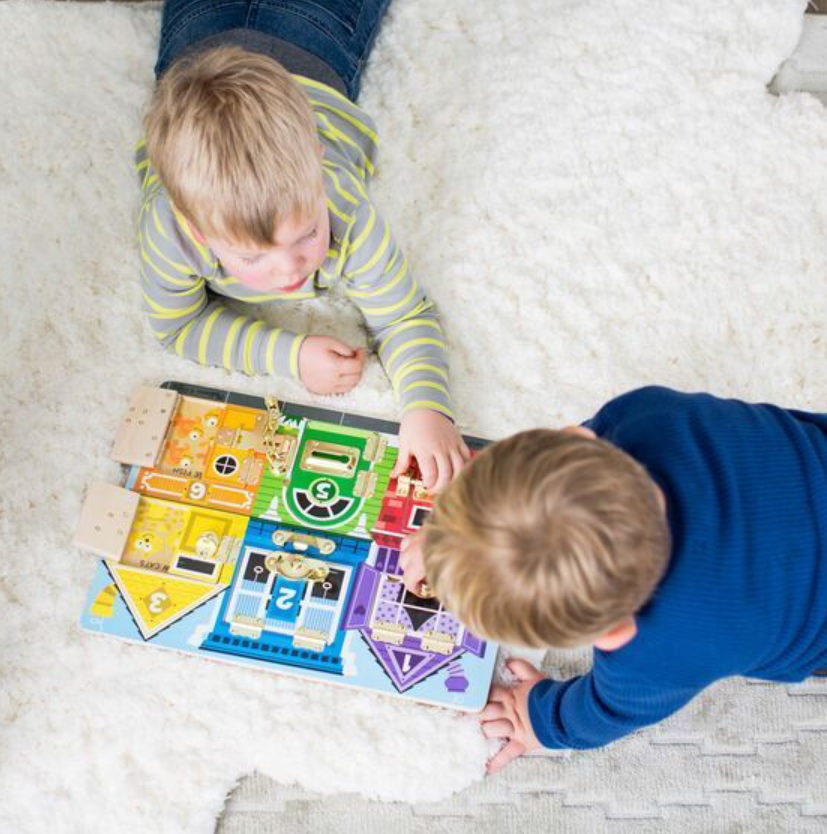

- Tweezer games. Place some rice or another small object (pieces of cereal or small candy, marbles, small stones) in a bowl. Give your child a pair of tweezers and ask them to transfer the items as quickly as possible to an empty bowl. Hold a race with a friend or race them yourself. Please remember Safety First- many small items can be choking hazards for very young children.
- Gardening. You may think of gardening as a gross motor skill, but digging and planting seeds can promote fine motor skill use. Give your child some seeds to plant either outside or in a small cup or planter. Give instructions about digging a small hole, placing one seed in the hole and carefully covering the seed. Gardening also promotes patience, so you'll receive double the benefits from this activity.
- Play dough or putty play. Kids love to play with squishy dough. Give them some challenges, like rolling the dough into long "worms" or cutting it into shapes using cookie cutters or scissors. Play along with them, setting your sights on making a few things that might require detailed work.
- Painting. Give your child small and larger brushes, and let them paint away. Try finger painting too. Provide some challenges by suggesting the creation of a particular image/object or by using a paint-by-number set. Detailed painting especially, will help develop the pincer grasp needed for writing, tying shoes and many other daily tasks.
- Sidewalk Chalk.
- Stacking. Adam & Mila on Pinterest have lots of great ideas for stacking activities. Plain cube blocks are easiest to stack but consider objects of different shapes and sizes to present unique challenges. Guidecraft’s Caterpillar Stacking helps kids develop even more accurate placement skills as they stack on a pegged base.
- Building. Building materials can be almost anything- carboard, food items, Legos, tin cans & magnets, paper & string, sticks, rocks & pinecones- just to name a few. Construction sets like Guidecraft’s Grippies and Links are also plentiful.
- Break out the Candyland. The small tokens used in this game and many others are great teachers of the pincer grasp, plus they promote counting, sharing and patience. Or try the game 3D Feel & Find to learn about identifying shapes and objects using the sense of touch only.
- Remote control cars. The buttons and levers that operate remote control cars require fine motor skills to operate. Especially if your child is interested in these toy vehicles, they will enjoy playing with them and develop fine motor skills in the process.
- Drawing and coloring. These are great precursors to writing, and most children need to do that in kindergarten if not preschool. The difference here is that a child can choose what to draw or color. Provide different sizes of pencils and crayons for them to try out. Encourage drawing a favorite item or trying out letters.
- Stringing/Lacing. A classic childhood pastime, anything with a hole can be used for stringing. Beads, cheerios, fruit loops, pasta, buttons are just a few examples. Or take a look at Guidecraft’s Count and Lace Fruit. Younger children can use pipe cleaners instead of string for their lacing projects. They are much easier to handle because they maintain their shape and form. Please remember Safety First- many small items can be choking hazards for very young children. Lacing Boards are another fun activity.
- Video games. All those buttons and levers do promote fine motor movements, plus quick thinking. Let them play once in a while, especially if they're with friends. But watch out for overuse here. Carpal tunnel syndrome and other overuse conditions can occur with repetitive movements, so just as you wouldn't want your child to keep writing for more than an hour or so, prevent them from playing video games for too long.
- Puzzles. Manipulating small shapes and putting them into place can be fun for a child, especially if there is a payoff with an appealing image that comes together with a little effort. Puzzles with large knob handles are perfect for younger children.
- Buckles, Buttons, Laces, Snaps and Zippers. Helping your child learn to successfully manipulate all of the fasteners needed for independent dressing can seem daunting. Sometimes learning is made more difficult by the angle of the task when the clothes are actually on your child’s body. To make it fun, interesting, and perhaps at a better angle to learn, consider Melissa and Doug’s Basic Skills Board.
- Latches and Locks. Most kids are fascinated by all of things they watch adults do routinely in their daily lives. But sometimes teaching these skills too soon in real life scenarios is not appropriate. Melissa and Doug’s Latches Board with all its shiny hardware and moving pieces is captivating for young children and is a great teacher of fine motor skills.
Adaptivemall.com offers a variety of fine motor skill toys for all ages, each designed to strengthen fine motor skills without children even knowing they're practicing or doing therapy. Please shop our wide selection, and remember, you can always contact our professional therapists online or call (800) 371-2778 for help selecting toys that fit your child's needs.
When children run, jump or do a somersault, they are employing gross motor skills. Fine motor skills, on the other hand, involve coordination with the eyes and small muscles, like those in the hands and fingers. Examples include writing and drawing, cutting, zipping a zipper, buttoning a shirt and even using the feet and toes to pick up objects. To conduct fine motor tasks, kids need strength, fine motor control and dexterity.
These skills develop in most babies as they learn to pick up small pieces of food and toys and to hold objects, but they continue to develop into age 4 and even 5 in most kids, and sometimes even later. Fine motor skills involve the types of delicate movements that can only be learned over time and with lots practice. Most young children will happily run and jump all day, but they don't have the patience to practice drawing a circle all day, and they might not even have the strength in their hands yet to write for very long.
Fine motor skills are also closely linked with cognitive development. Your child must be able to think about three-dimensional objects in order to build with blocks. In order to represent an object on paper, your child must be able to compare what's on the paper with what they have seen or sees in real life. These tasks are much more complex, therefore, than moving across a field.
The best way to encourage fine motor skills is to patiently provide a wide range of activities your child can use over time. Let your child use their imagination to create things out of paper, blocks and other objects, and don't be afraid of a little mess once in a while. Messes are the stuff of great play. Think sand, water, paint and glue. Just provide smocks and throw towels.
Fine Motor Development Activities
There's no shortage of ways to encourage kids to use fine motor skills and to eventually make them stronger. They key is to make the activities fun. You want your child to be able to zip their coat and button their pants, but those aren't fun activities to practice. This is not an exhaustive list by any means but try these for a place to start. Remember to choose activities your child likes most and adapt activities as needed for children with special needs. Also, keep in mind that you should let children with special needs try everything, especially if they're eager to do so. You never know what they can accomplish.
- Tweezer games. Place some rice or another small object (pieces of cereal or small candy, marbles, small stones) in a bowl. Give your child a pair of tweezers and ask them to transfer the items as quickly as possible to an empty bowl. Hold a race with a friend or race them yourself.
- Gardening. You may think of gardening as a gross motor skill, but digging and planting seeds can promote fine motor skill use. Give your child some seeds to plant either outside or in a small cup or planter. Give instructions about digging a small hole, placing one seed in the hole and carefully covering the seed. Gardening also promotes patience, so you'll receive double the benefits from this activity.
- Play dough or putty play. Kids love to play with squishy dough. Give them some challenges, like rolling the dough into long "worms" or cutting it into shapes. Play along with them, setting your sights on making a few things that might require detailed work.
- Painting. Give your child small and larger brushes, and let them paint away. Try finger painting too. Provide some challenges by suggesting creating a particular image or using paint-by-number sets. Detailed painting especially will develop the pincer grasp needed for writing, tying shoes and many other daily tasks.
- Board games. Break out the Candyland. The small tokens used in this game and many others are great teachers of the pincer grasp, plus they promote counting, sharing and patience.
- Remote control cars. The buttons and levers that operate remote control cars require fine motor skills to operate. Especially if your child is interested in these toy vehicles, they will enjoy playing with them and develop fine motor skills in the process.
- Drawing and coloring. These are great precursors to writing, and most children need to do that in kindergarten if not preschool. The difference here is that a child can choose what to draw or color. Provide different sizes of pencils and crayons for them to try out. Encourage drawing a favorite item or trying out letters.
- Video games. All those buttons and levers do promote fine motor movements, plus quick thinking. Let them play once in a while, especially if they're with friends. But watch out for overuse here. Carpal tunnel syndrome and other overuse conditions can occur with repetitive movements, so just as you wouldn't want your child to keep writing for more than an hour or so, prevent them from playing video games for too long.
- Puzzles. Manipulating small shapes and putting them into place can be fun for a child, especially if there is a payoff with an appealing image that comes together with a little effort.
Adaptivemall.com offers a variety of fine motor skill toys for all ages, each designed to strengthen fine motor skills without children even knowing they're doing therapy. Please shop our wide selection, and remember, you can always contact our professional therapists online or call (800) 371-2778 for help selecting toys that fit your child's needs.


